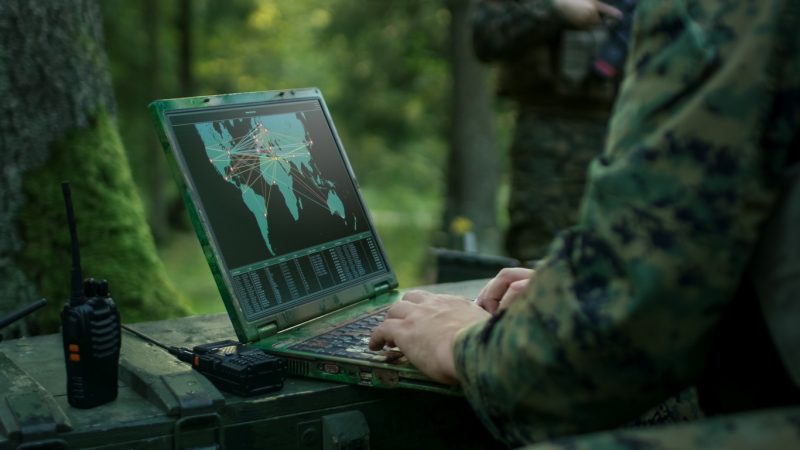This blog post is an excerpt from our recent research brief with IBM, Data and Defense: How to Boost Readiness. To download the full brief, head here.
DoD has never been more aware that data is critical to its ongoing and future operations. Dana Deasy, DoD’s chief information officer, has put data at the forefront of his plans for moving the military and its capabilities into the future.
“We are currently not lacking in data inside the Department of Defense,” he said recently at the DoDIIS Worldwide conference in Omaha, Nebraska, in August. “But it is becoming increasingly apparent we must be mindful of how we use this data. Our challenge at DoD is to discover, access, retrieve, analyze and share all the sources of data whenever and wherever our warfighter needs it. It sounds simple, but we all know, if you break that sentence apart, that is an ambitious undertaking.”
Deasy also wants to use the data DoD creates, accesses and stores for artificial intelligence capabilities. He has ordered the creation of the Joint Artificial Intelligence Center (JAIC) with the goal of enabling “teams across DoD to swiftly deliver new AI-enabled capabilities and effectively experiment with new operating concepts in support of DoD’s military missions and business functions,” according to a memo. “Data is the common denominator for any successful artificial intelligence program,” Deasy said at the event.
But AI cannot succeed without accurate data.
The questions DoD faces on this front are:
• Where is that data?
• What is the format of that data?
• How do we access that data?
• How do we analyze that data to make the right decisions?
IBM’s experts agree, and point to the ability of data to enhance a critical function of the military: field and equipment readiness.
“Military equipment is used for a variety of purposes that support the readiness of our forces to do their jobs,” said Kay Murphy, lead for IBM’s Global Asset Optimization Center of Competence. “Sometimes, that’s to fight a war, do training or any of the myriad things that our armed forces need to protect and defend our country. But what happens if that equipment is breaking down? It puts our soldiers in risky and unsafe situations.”
Having the right data and the ability to assess it is crucial in aiding equipment and field readiness, Murphy pointed out.
“There’s a lot of data out there already, about how equipment is being used, how often it’s being used, the types of situations it’s used in, who’s using it, as well as maintenance history – and let’s not forget all the sensor-enabled equipment the military has, too,” she said.
When the military is able to properly ingest, sort, store and analyze data about its equipment and vehicles, it can predict everything from machine failure to maintenance needs before breakdowns happen, saving effort, time, money and possibly lives.
Having the right data at the ready goes beyond equipment readiness as well, said Brady Moore, cognitive solution manager for IBM’s Industry Solutions and Business Development Team. “When you don’t have the right data,” he said, “it can be difficult to make data-driven decisions.”
In DoD, especially in the field, warfighters don’t have the luxury of waiting for the right data to arrive, Moore pointed out. “The decision has to get made either way,” he said.
Because data isn’t always readily available for commanders in the field, they sometimes can’t incorporate it into their decisions. That’s understandable, but it’s a decision made on time, not data – and that’s not what DoD needs.






AI sounds like it will be so, so critical to DoD in the future. This definitely got me interested in reading the full research brief mentioned in the link at the top of the article!